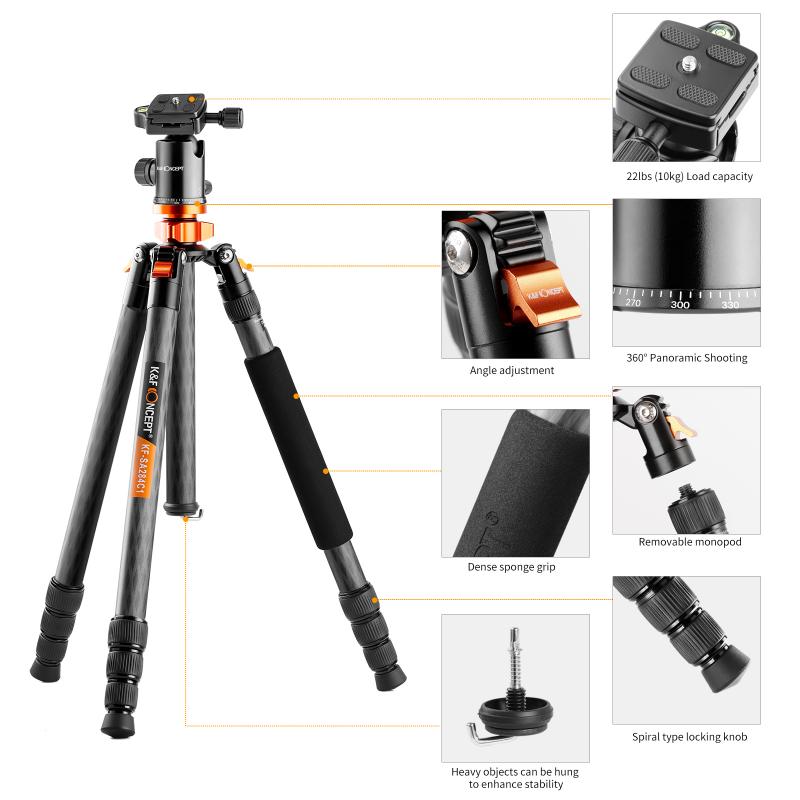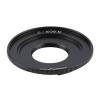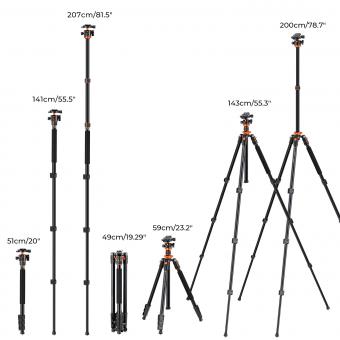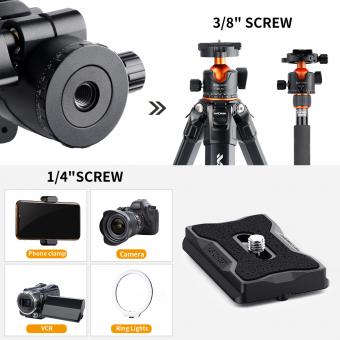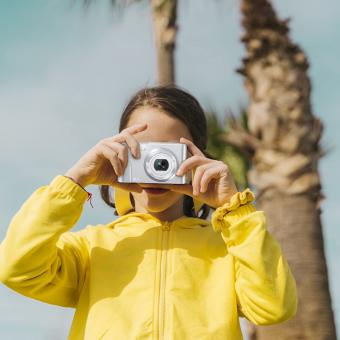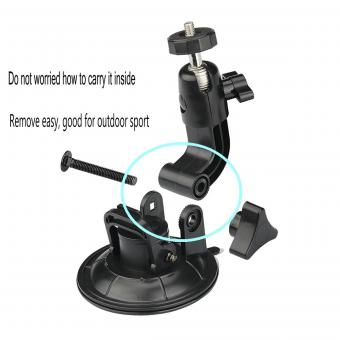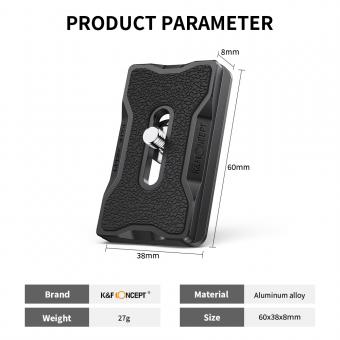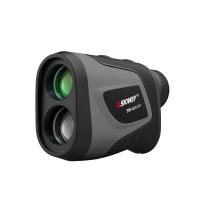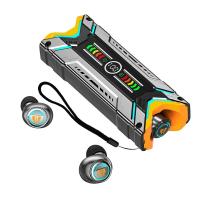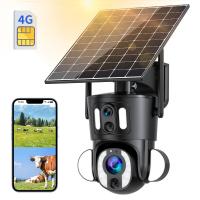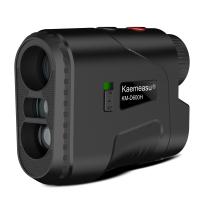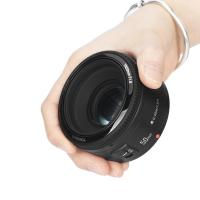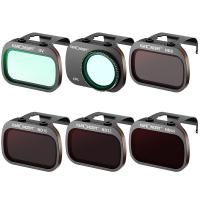How To Keep Camera Still Without Tripod ?
There are a few techniques you can use to keep your camera still without a tripod. One option is to find a stable surface to rest your camera on, such as a table or a wall. You can also try using a bean bag or a small cushion to support your camera and keep it steady. Another technique is to use your body as a stabilizer by bracing yourself against a wall or a tree, or by kneeling down and using your elbows as support. Additionally, you can try using a camera strap or a string to create tension and stabilize your camera. Finally, you can increase your shutter speed to minimize the effects of camera shake.
1、 Handheld stabilization techniques for steady camera shots
Handheld stabilization techniques for steady camera shots can be a great alternative when you don't have access to a tripod. While tripods provide the most stable platform for shooting, there are several techniques you can employ to keep your camera still and achieve steady shots.
1. Proper hand placement: Hold the camera with both hands, keeping your elbows close to your body. This helps to minimize any unwanted movement and provides a more stable base.
2. Utilize body support: Lean against a wall, tree, or any other stable surface to provide additional support and stability. This can help reduce camera shake and produce steadier shots.
3. Brace yourself: Plant your feet firmly on the ground and slightly bend your knees. This stance helps to create a stable foundation and minimizes any body movement that could affect the camera.
4. Use your surroundings: Look for objects or surfaces that can act as impromptu camera supports. For example, you can rest your camera on a table, ledge, or even a beanbag to keep it steady.
5. Image stabilization technology: Many modern cameras and lenses come equipped with built-in image stabilization technology. This feature compensates for small movements and vibrations, resulting in sharper images.
6. Post-production stabilization: If you still encounter some camera shake, you can use video editing software or smartphone apps to stabilize your footage during post-production. These tools analyze the movement and apply algorithms to smooth out the footage.
It's important to note that while these techniques can help improve stability, they may not completely eliminate all camera shake. Therefore, it's always recommended to invest in a tripod for more professional and consistent results.
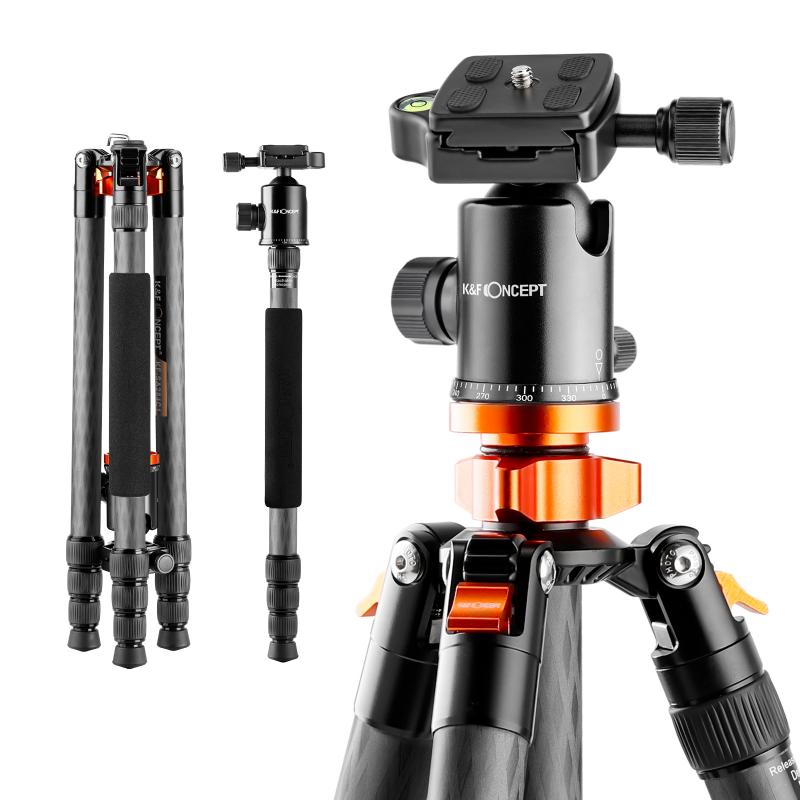
2、 Using a makeshift camera stabilizer for improved stability
Using a makeshift camera stabilizer for improved stability is a great alternative to keeping your camera still without a tripod. While tripods are the most common and reliable tool for stabilizing your camera, there are situations where you may not have one readily available. In such cases, a makeshift stabilizer can come in handy.
One effective method is to use a DIY stabilizer made from household items. One popular option is to attach a string or rubber band to the camera's tripod mount and then step on the other end of the string, pulling it taut. This creates tension and helps stabilize the camera, reducing shake and improving the overall stability of your shots. Another option is to use a bean bag or a small bag filled with rice or beans as a stabilizing base for your camera. Simply place the bag on a stable surface and rest your camera on top of it.
Additionally, you can use your surroundings to stabilize your camera. Look for objects such as walls, trees, or poles that you can lean against or rest your camera on. This can provide additional support and help minimize camera shake.
It's important to note that while these makeshift stabilizers can improve stability, they may not be as effective as a tripod. They are best suited for situations where you need a quick fix or when carrying a tripod is not feasible. However, if you frequently find yourself needing to stabilize your camera without a tripod, it may be worth considering investing in a portable and lightweight tripod alternative, such as a monopod or a mini tripod.
In conclusion, while tripods are the most reliable tool for keeping your camera still, using a makeshift camera stabilizer can be a practical solution when a tripod is not available. Whether it's using DIY stabilizers or utilizing your surroundings, these methods can help improve stability and reduce camera shake, allowing you to capture better shots.
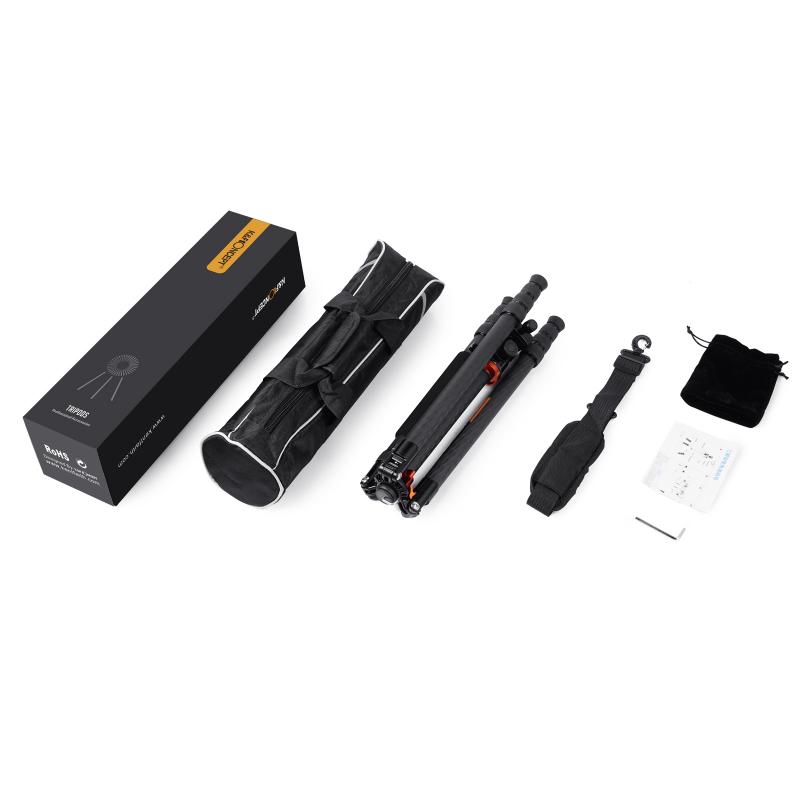
3、 Utilizing body positioning and breathing techniques for steady shots
Utilizing body positioning and breathing techniques for steady shots is a great way to keep your camera still without a tripod. While tripods provide stability, there are situations where using one may not be feasible or practical. Here are some tips to help you achieve steady shots:
1. Stand with your feet shoulder-width apart: This provides a stable base and helps minimize any unwanted movement.
2. Tuck your elbows in: Keep your elbows close to your body to provide additional support and stability.
3. Lean against a solid object: If available, lean against a wall, tree, or any other sturdy surface to steady yourself and the camera.
4. Use your body as a brace: Press your camera against your forehead or cheekbone, using your head as a natural stabilizer.
5. Control your breathing: Take a deep breath, exhale slowly, and release the shutter during the exhale. This technique helps minimize any involuntary movements caused by breathing.
6. Utilize the latest point of view: With advancements in technology, many cameras now come with built-in stabilization features. These can help compensate for small movements and vibrations, resulting in sharper images.
7. Experiment with different shooting positions: Try kneeling, sitting, or even lying down to find a position that offers more stability.
Remember, practice makes perfect. Spend some time experimenting with these techniques to find what works best for you. Additionally, consider investing in equipment such as a camera strap or a small bean bag that can provide additional support when shooting without a tripod.
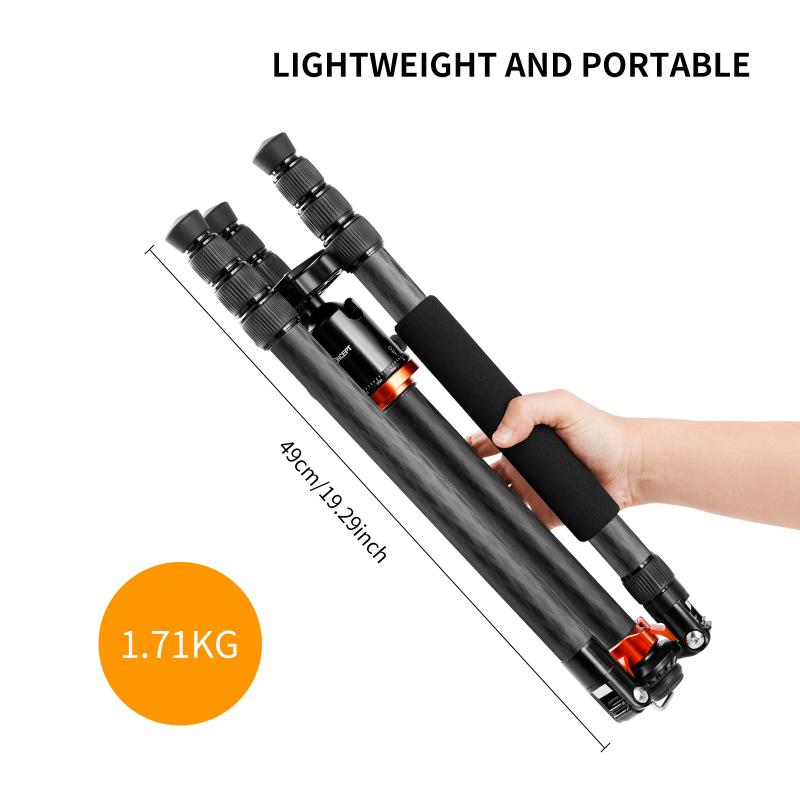
4、 Resting the camera on stable surfaces for added support
One way to keep a camera still without a tripod is by resting it on stable surfaces for added support. This technique can be particularly useful in situations where carrying a tripod is not feasible or allowed, such as in crowded areas or when traveling light.
When looking for stable surfaces to rest your camera on, consider objects like tables, walls, or even the ground. Look for surfaces that are flat, sturdy, and unlikely to move or vibrate. Placing a small cloth or towel underneath the camera can help prevent any scratches or damage to the camera body.
To further stabilize the camera, you can use objects like bean bags, sandbags, or even a rolled-up piece of clothing to prop it up. These items can be placed underneath the camera to provide additional support and help minimize any potential movement.
It's important to note that while resting the camera on stable surfaces can help keep it still, it may not provide the same level of stability as a tripod. Therefore, it's essential to be mindful of any movement or vibrations that could affect the image quality. Using the camera's self-timer or a remote shutter release can also help minimize any potential camera shake caused by pressing the shutter button.
In conclusion, when a tripod is not available, resting the camera on stable surfaces can be a practical alternative to keep it still. However, it's important to be aware of any potential movement or vibrations and take necessary precautions to ensure sharp and steady images.
